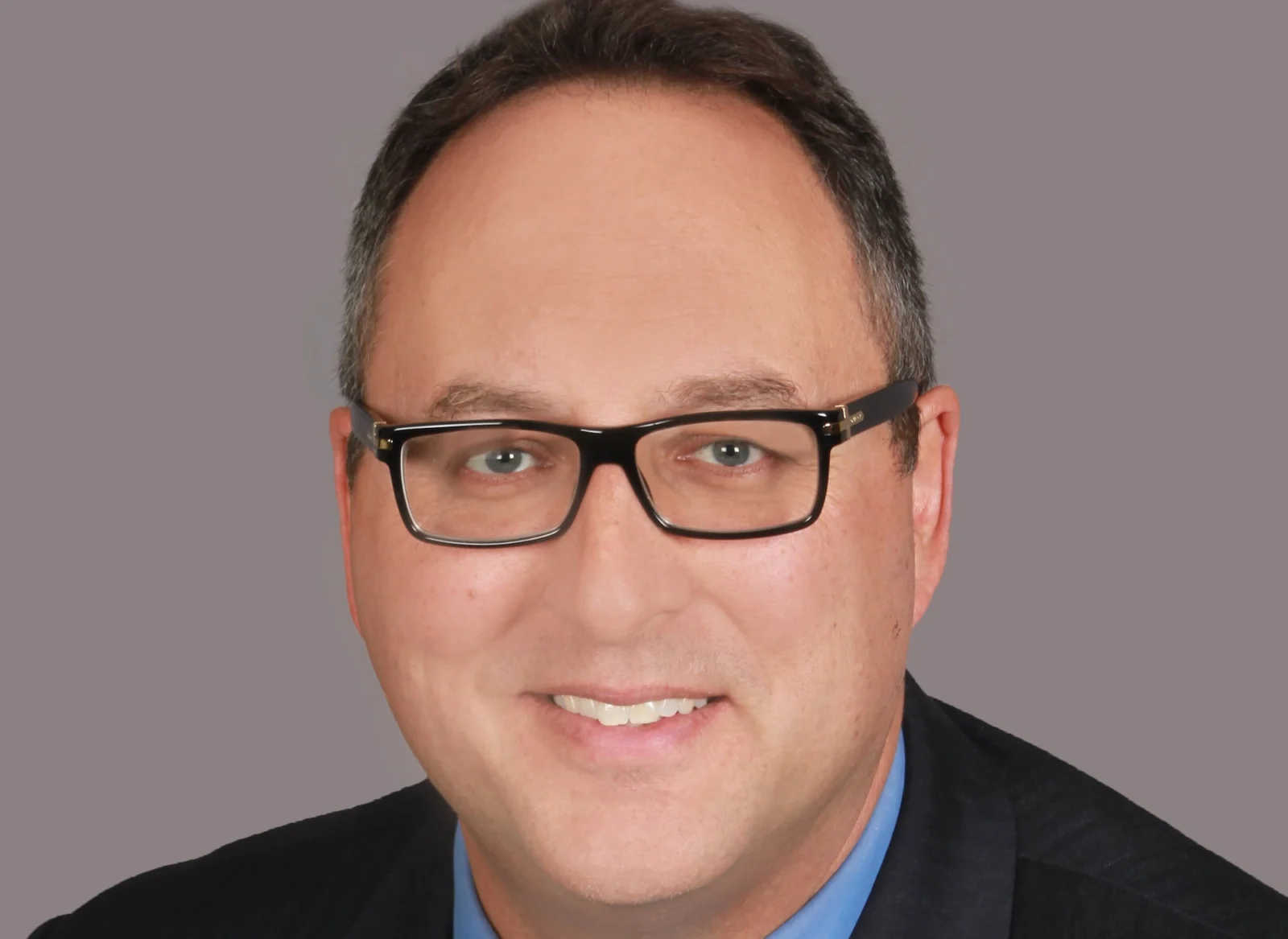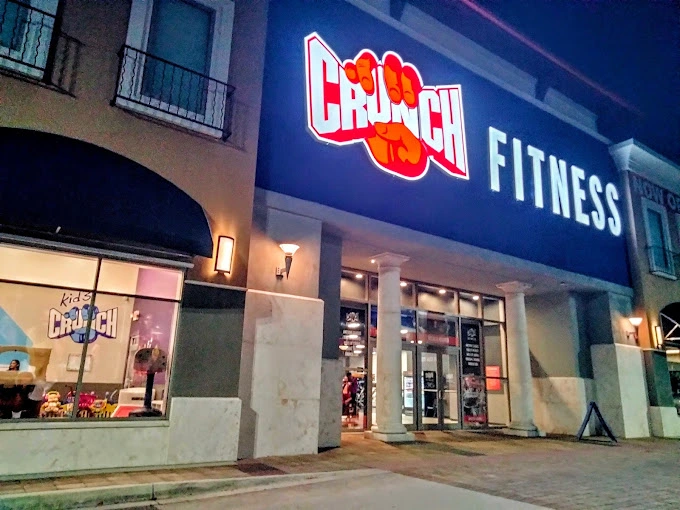Featured on Franchise Corner
View More
TD Bank’s Mark Wasilefsky on Specialized Financing for Fitness Franchises

From HVLP gyms to startup support, TD Bank combines tailored financial solutions with deep industry expertise to help fitness businesses thrive
As the fitness industry evolves to meet growing consumer demand, businesses face unique challenges in funding their growth.
In an exclusive interview with Athletech News, Mark Wasilefsky, head of restaurant and franchise finance at TD Bank, sheds light on how the institution has become a leader in financing fitness franchises and gyms.
With decades of experience in banking and franchising, Wasilefsky shares insights into the financing solutions TD offers, the impact on industry players such as Planet Fitness and how startups can leverage programs like SBA loans to enter the market. Whether it’s equipment leasing, expansion financing or navigating creditworthiness, TD Bank aims to help fitness entrepreneurs flex their financial muscles.
Athletech News: How long have you been serving the fitness industry, and what made your company focus on this niche?
Mark Wasilefsky: I have been in both investment and commercial banking for two decades, with a specific focus on franchising for the past eight years. TD has been involved in the fitness industry for decades, so including fitness in our franchise portfolio was a natural development. Fitness is an incredibly dynamic industry as health and fitness is a top priority for many people, including those seeking to reach peak physical condition, to improve athletic performance or to remain active deeper into old age as the overall population continues to live longer.
Despite ever-changing technology and innovation, fitness still requires physical exertion and discipline, both of which provide for a steady stream of demand, a key aspect of a successful franchise industry.
ATN: What unique challenges do fitness businesses face when seeking equipment leasing or business financing, compared to other industries?
MW: Franchises in general provide a proven concept with an established business plan, and also provide a plan for the fixed assets, improvements and supplies required to support the business. This removes much of the risk of starting a new business, for which you pay a fee. Fitness concepts vary widely, and the amount of equipment, facility type and supplies can differ significantly. The build-out for a rock-climbing facility is very different from a full-service fitness and wellness facility which, in turn, is very different from asset-light concepts such as CrossFit and F45.
Financing over the spectrum of needs can therefore vary widely and may be a significant factor in what franchise you choose to pursue. Large, expensive facilities typically require large local populations and need to scale quickly to absorb both the financing costs and run rate expenses of a larger facility, while smaller, less intensive facilities can operate with a less aggressive ramp-up requirement. The more a concept costs, the more equity you will have to come up with. Traditional financing usually requires at least 25 percent equity, while programs like the SBA have a government guarantee and can require as little as 10 percent down.

Leasing can have advantages over buying, depending upon the legal and associated tax structure of the business and its ownership. These decisions are often the result of specific discussions, and most times involve accounting professionals.
ATN: Can you share examples of fitness businesses or gyms you’ve helped and the impact of your financing solutions on their growth?
MW: TD currently focuses on the “HVLP” industry in the fitness space. This refers to “high-value, low-price” and reflects concepts such as Planet Fitness, Crunch Fitness, PureGym and EoS Fitness.
HVLP clubs offer members a wide range of high-quality facilities, services and amenities at a relatively low price point. Their popularity has been steadily growing over the last 5 years, but in the last 12 to 24 months, their growth has been astronomical, as consumers prioritize affordability and accessibility to meet their fitness and wellness goals.
TD has financed organic growth, large-scale re-images and acquisitions and shareholder distributions in this space.

ATN: What types of financing options do you offer for fitness businesses (e.g., leasing, loans, lines of credit)?
MW: TD offers Term Loans and Lines of Credit for acquisitions, development and re-imaging as well as for shareholder distributions. We also provide leasing lines for equipment and leasehold improvements. Revolving lines of credit are also available where there may be a need for revolving credit.
ATN: How do you structure equipment leasing agreements in terms of term length, interest rates and payment flexibility for fitness entrepreneurs?
MW: Financing for acquisitions is typically 10 to 12 years, with a 5- or 7-year call option and may or may not have a balloon at the end of the term. Fixed asset lines of credit (acquisition lines, development lines and re-imaging lines) are typically 2 to 3 years with a term-out provision for any balance outstanding at each one-year anniversary. Revolving lines vary in their maturity. Rates are based upon the risk profile of the transaction and the overall term. Payment flexibility is also risk-based and will vary based upon the transaction.
ATN: Does your financing cover all types of fitness equipment (e.g., treadmills, weight machines, group class equipment), or are there limitations?
MW: For the most part, there is no restriction on the types of equipment or leasehold improvements financed, although the nature of the overall risk profile will affect pricing as well as terms.
ATN: Are there other services you offer specifically to the fitness sector, such as working capital loans or expansion financing?
MW: TD Bank is a top SBA Franchise Loan provider, which helps lower down payments and often gives longer terms than conventional loans. More on the loans TD provides here.
ATN: What are the typical eligibility requirements for fitness businesses applying for equipment leasing or financing?
MW: Having the capital available and being approved for a franchise are gating items, as well as related experience. There are many factors that impact the underwriting decision, and TD Bank will work to make sure we provide clear and concise instructions for applying for financing and walk you through the process from start to finish.
ATN: How do you evaluate a gym or fitness studio’s creditworthiness or ability to repay?
MW: TD focuses on risks that we understand, and gating items include the franchise brand, industry cycles, financial wherewithal and experience. Creditworthiness is established through the underwriting process and is often unique to each applicant.
ATN: Do you have programs for startups or businesses with limited credit history?
MW: We absolutely have programs for startups that can work with their current and future financing needs. SBA loans can provide ideal financing options for startups, whether that be to join a brand through franchising or start a business from scratch.
We also provide unique loans like Business Credit Life Insurance, Multi-unit property mortgages and flexible security options. All of our business customers get access to tools within the TD Bank app, including our Small Business Insights Dashboard, which shares analysis of a business, acting as a financial intelligence center that connects all bank accounts with your business management account, like QuickBooks. We give business owners the tools to accurately and efficiently guide their businesses forward.
ATN: How long does the application and approval process take, and what documents are typically required?
MW: The entire process typically takes six to eight weeks but may be longer in many situations. The application and approval process varies, and it is best to reach out to your banking representative to determine what you will need to apply and how long the process may take.



